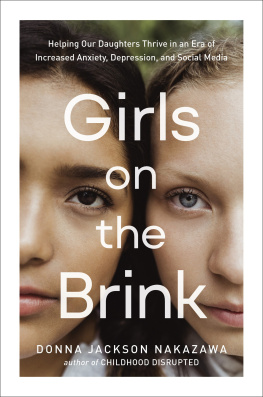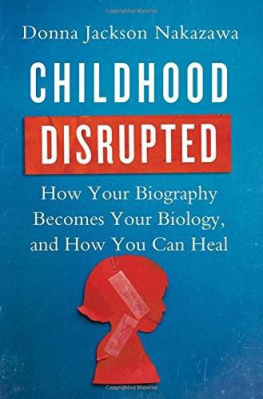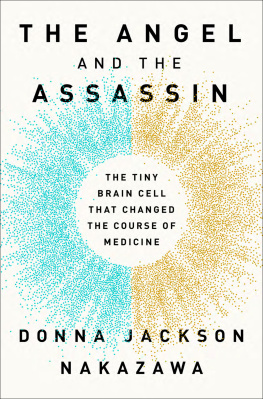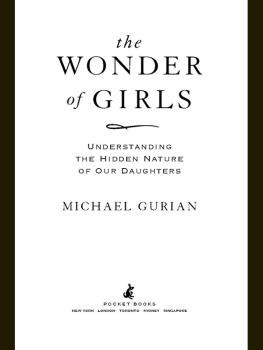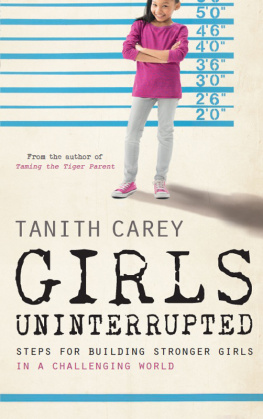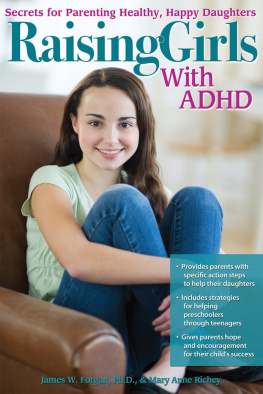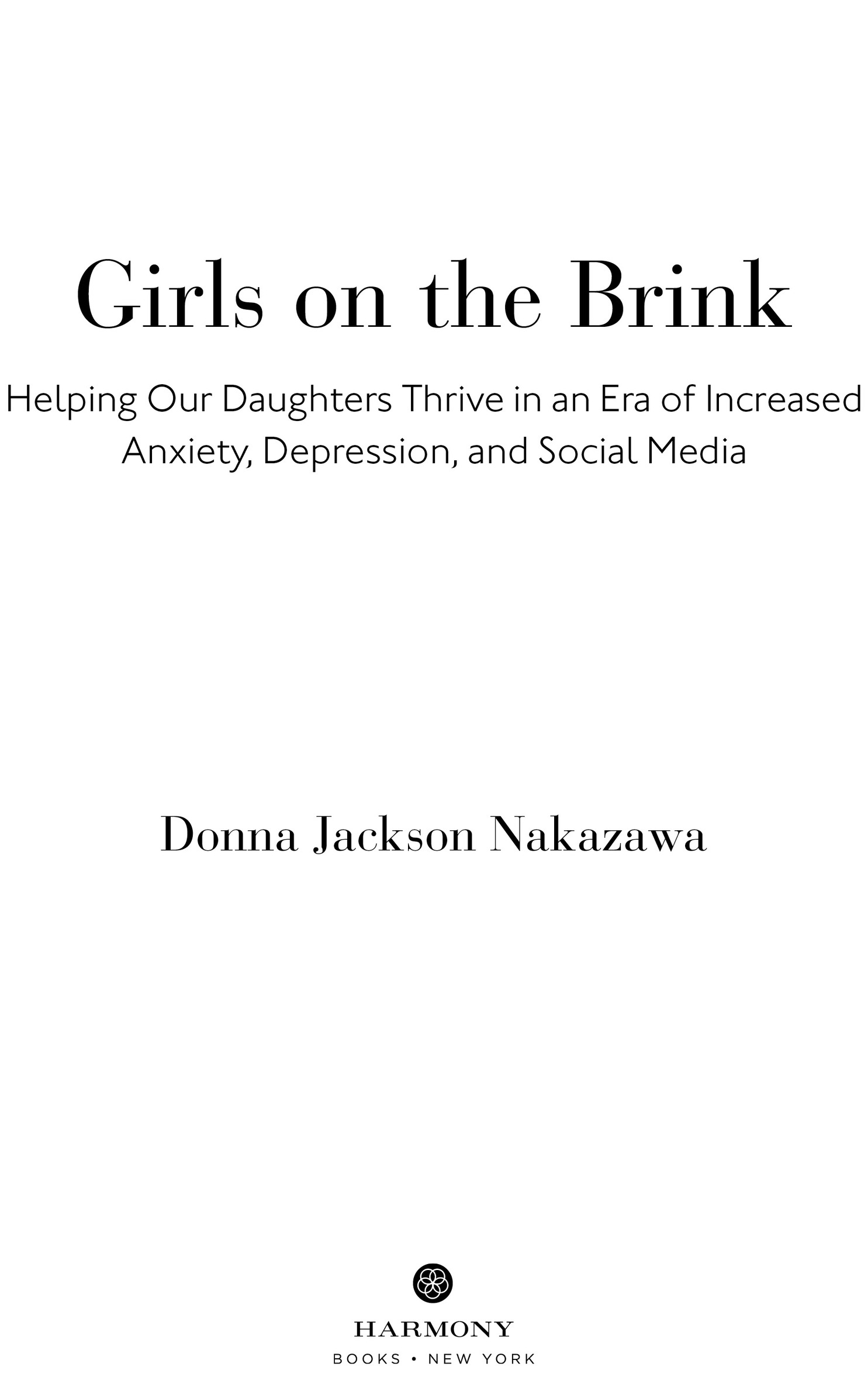Donna Jackson Nakazawa - Girls on the Brink: Helping Our Daughters Thrive in an Era of Increased Anxiety, Depression, and Social Media
Here you can read online Donna Jackson Nakazawa - Girls on the Brink: Helping Our Daughters Thrive in an Era of Increased Anxiety, Depression, and Social Media full text of the book (entire story) in english for free. Download pdf and epub, get meaning, cover and reviews about this ebook. year: 2022, publisher: Harmony/Rodale, genre: Romance novel. Description of the work, (preface) as well as reviews are available. Best literature library LitArk.com created for fans of good reading and offers a wide selection of genres:
Romance novel
Science fiction
Adventure
Detective
Science
History
Home and family
Prose
Art
Politics
Computer
Non-fiction
Religion
Business
Children
Humor
Choose a favorite category and find really read worthwhile books. Enjoy immersion in the world of imagination, feel the emotions of the characters or learn something new for yourself, make an fascinating discovery.
- Book:Girls on the Brink: Helping Our Daughters Thrive in an Era of Increased Anxiety, Depression, and Social Media
- Author:
- Publisher:Harmony/Rodale
- Genre:
- Year:2022
- Rating:3 / 5
- Favourites:Add to favourites
- Your mark:
Girls on the Brink: Helping Our Daughters Thrive in an Era of Increased Anxiety, Depression, and Social Media: summary, description and annotation
We offer to read an annotation, description, summary or preface (depends on what the author of the book "Girls on the Brink: Helping Our Daughters Thrive in an Era of Increased Anxiety, Depression, and Social Media" wrote himself). If you haven't found the necessary information about the book — write in the comments, we will try to find it.
This is a brave and important book; the challenging storiesboth personal and scientificwill make you think, and, hopefully, act.Bruce D. Perry, MD, PhD, New York Times bestselling co-author of What Happened to You?
Anyone caring for girls today knows that our daughters, students, and girls next door are more anxious and more prone to depression and self-harming than ever before. The question that no one has yet been able to credibly answer is Why?
Now we have answers. As award-winning writer Donna Jackson Nakazawa deftly explains in Girls on the Brink, new findings reveal that the crisis facing todays girls is a biologically rooted phenomenon: the earlier onset of puberty mixes badly with the unchecked bloom of social media and cultural misogyny. When this toxic clash occurs during the critical neurodevelopmental window of adolescence, it can alter the female stress-immune response in ways that derail healthy emotional development.
But our new understanding of the biology of modern girlhood yields good news, too. Though puberty is a particularly critical and vulnerable period, it is also a time during which the female adolescent brain is highly flexible and responsive to certain kinds of support and scaffolding. Indeed, we know now that a girls innate sensitivity to her environment can, with the right conditions, become her superpower. Jackson Nakazawa details the common denominators of such support, shedding new light on the keys to preventing mental health concerns in girls as well as helping those who are already struggling. Drawing on insights from both the latest science and interviews with girls about their adolescent experiences, the author carefully guides adults through fifteen antidote strategies to help any teenage girl thrive in the face of stress, including how to nurture the parent-child connection through the rollercoaster of adolescence, core ingredients to building a sense of safety and security for your teenage girl at home, and how to foster the foundations of long-term resilience in our girls so theyre ready to face the world.
Neuroprotective and healing, the strategies in Girls on the Brink amount to a new playbook for how weparents, families, and the human tribecan secure a healthy emotional inner life for all of our girls.
Donna Jackson Nakazawa: author's other books
Who wrote Girls on the Brink: Helping Our Daughters Thrive in an Era of Increased Anxiety, Depression, and Social Media? Find out the surname, the name of the author of the book and a list of all author's works by series.

